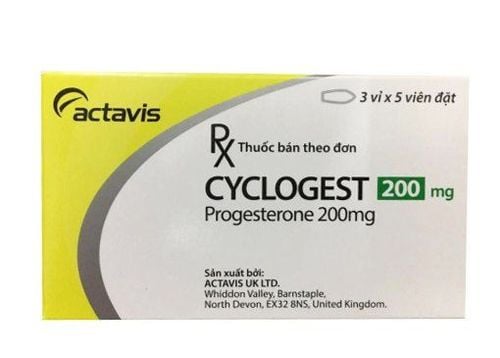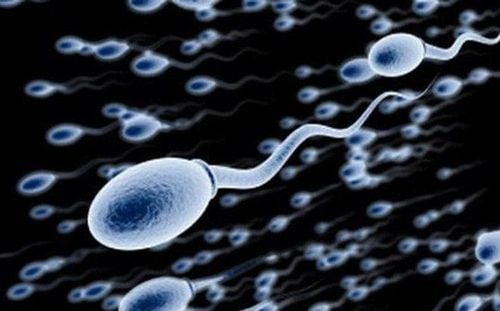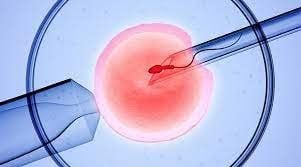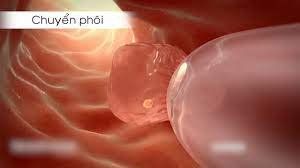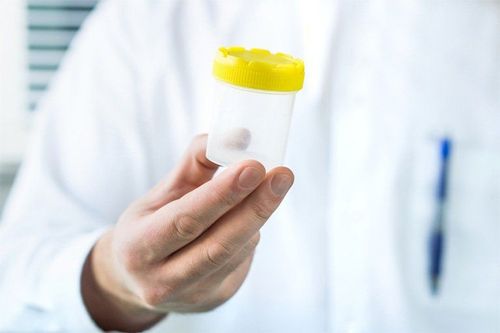The purpose of sperm washing is to eliminate non-viable spermatozoa and isolate motile sperm from the semen to be used in intrauterine insemination. So, in infertility treatment techniques, what is the optimal sperm concentration after sperm washing?
1. Overview of sperm washing
Apart from the cause of infertility, the proficiency of various medical centers, and the female partner's follicular count, the male partner's sperm quality is an important determinant of the clinical success of infertility therapies. Specifically, a higher post-wash motile sperm count is directly linked to improved pregnancy outcomes, with reported success rates generally between 6% and 26%.
The purpose of sperm washing is to remove seminal fluid and dead sperm cells to obtain a sample with a higher concentration of healthy, motile sperm in a smaller volume. In fact, after ejaculation into the female vagina, seminal fluid has several negative effects on sperm, specifically:
- Seminal fluid contains substances that inhibit sperm capacitation and the acrosome reaction;
- Seminal fluid contains numerous resident or pathogenic bacteria from the male genital tract;
- Prostaglandins in seminal fluid can cause uterine contractions;
- Dead cells and toxins in seminal fluid affect sperm quality and normal fertilization physiology;
- Direct injection of seminal fluid into the uterine cavity carries a risk of allergic reactions or anaphylactic shock.
Thus, apart from enhancing the success rates of fertilization, the process of isolating sperm from seminal fluid considerably mitigates the risk of infection and precludes the occurrence of anaphylaxis that can arise during intrauterine insemination (IUI). Additionally, when the sperm sample is concentrated to a volume of less than 0.5ml, it prevents backflow or leakage after the IUI procedure.
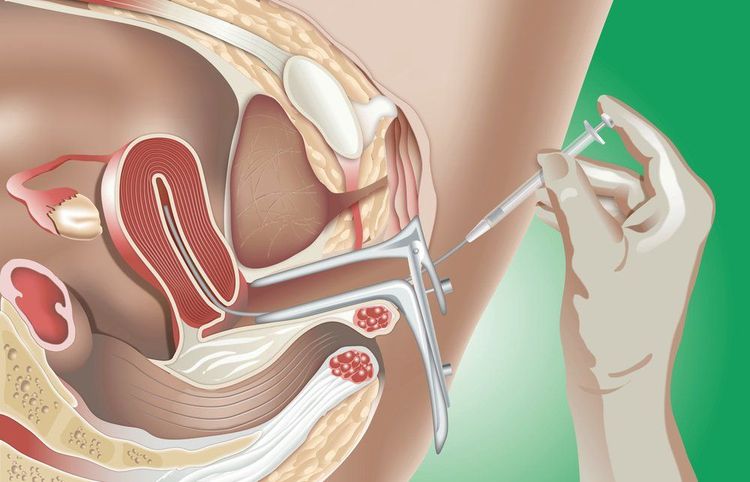
Sperm washing is typically indicated in the following cases:
- Intrauterine insemination (IUI);
- Preparation for in vitro fertilization (IVF) procedures;
- Unexplained infertility.
2. Sperm washing procedure
2.1. Preparation
- Personnel: Specialist in Obstetrics and Gynecology;
- Patient preparation: Abstinence from sexual intercourse for 2-7 days;
- Equipment: Centrifuge, microscope, laminar flow hood/biological safety cabinet, semen incubator;
- Consumables: Conical tubes, syringes, pipettes, microscope slides and coverslips, labeled specimen containers (with patient names), and sperm-washing media.
2.2. Semen sample collection
- Prepare all necessary equipment for sperm processing, labeled with patient names or coded identifiers;
- Thoroughly wash hands and genitals before sample collection;
- The husband can collect the sperm sample by masturbation at the clinic or home. If collected at home, the sample must be delivered to the clinic within 30-60 minutes;
- If you experience any difficulties about the collection process, the patient should consult with a physician for further advice and guidance.
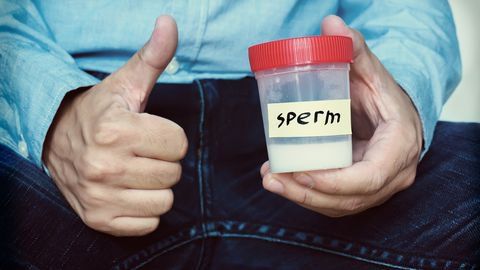
2.3. Sperm washing
- Allow complete liquefaction of the semen in a 37°C incubator or at room temperature for approximately 30 minutes;
- Evaluate semen analysis parameters, including volume, liquefaction time, pH, and sperm concentration;
- Select the sperm washing method: density gradient or swim-up.
- Swim-up selects for highly motile sperm, thus increasing fertilization rates.
- The density gradient is used for samples with high total motile sperm count, suitable for multiple samples, and effectively removes debris;
- Collect the concentrated fraction (approximately 0.3-0.5 ml) for IUI;
- Re-evaluate sperm motility and concentration after washing.
3. Post-wash sperm analysis
The parameters typically assessed before and after sperm washing include:
- Semen volume
- Sperm concentration
- Progressive motility
- Total motile sperm count (TMSC)
Regarding the question "What is a good sperm concentration after sperm washing?", some studies indicate that the minimum number of motile sperm after washing for intrauterine insemination (IUI) ranges from 800,000 to 20,000,000. Generally, factors that increase the probability and success rate of IUI include:
- A post-wash sperm concentration of 10-20 million;
- A motility rate above 30%;
- A total motile sperm count is above 5 million.
However, pregnancies have been reported with sperm concentrations as low as 7 million, with a per-cycle pregnancy rate of 13.8%.
4. Considerations for achieving optimal post-wash sperm parameters
To promote optimal fetal development, both physically and cognitively, from the moment of conception, which requires selecting high-quality sperm, prospective parents undergoing infertility treatment should focus on maintaining their overall health by:
- Establishing a healthy work-life balance with adequate rest;
- Managing stress effectively and avoiding excessive fatigue;
- Minimizing exposure to potentially harmful substances in the workplace or environment, such as chemicals, pesticides, and radiation, to reduce potential risks to sperm quality;
- Completely abstaining from tobacco products, alcohol, and recreational drugs;
- Avoiding constrictive clothing, prolonged periods of sitting, and exposure to high temperatures such as hot baths and saunas;
- Consuming a balanced and safe diet to promote optimal sperm health;
- Prioritizing foods rich in folic acid, zinc, vitamin C, whole grains, dark green leafy vegetables, meat, seafood, eggs, grapefruit, oranges, lemons, and grapes…
In summary, sperm washing helps select healthy, motile sperm and avoids the risk of anaphylaxis associated with intrauterine insemination (IUI). The effectiveness of IUI depends on various factors, including specific requirements for post-wash sperm quality and parameters. An optimal post-wash sperm concentration typically ranges from 10 to 20 million sperm per milliliter.
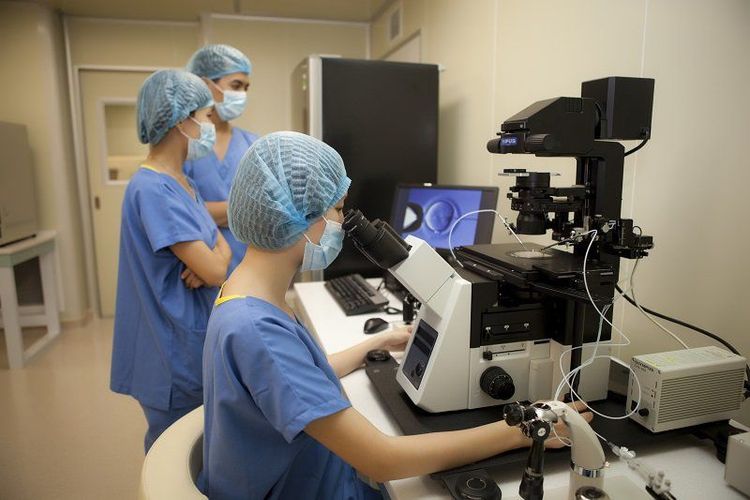
To arrange an appointment, please call HOTLINE or make your reservation directly HERE. You may also download the MyVinmec app to schedule appointments faster and manage your reservations more conveniently.
